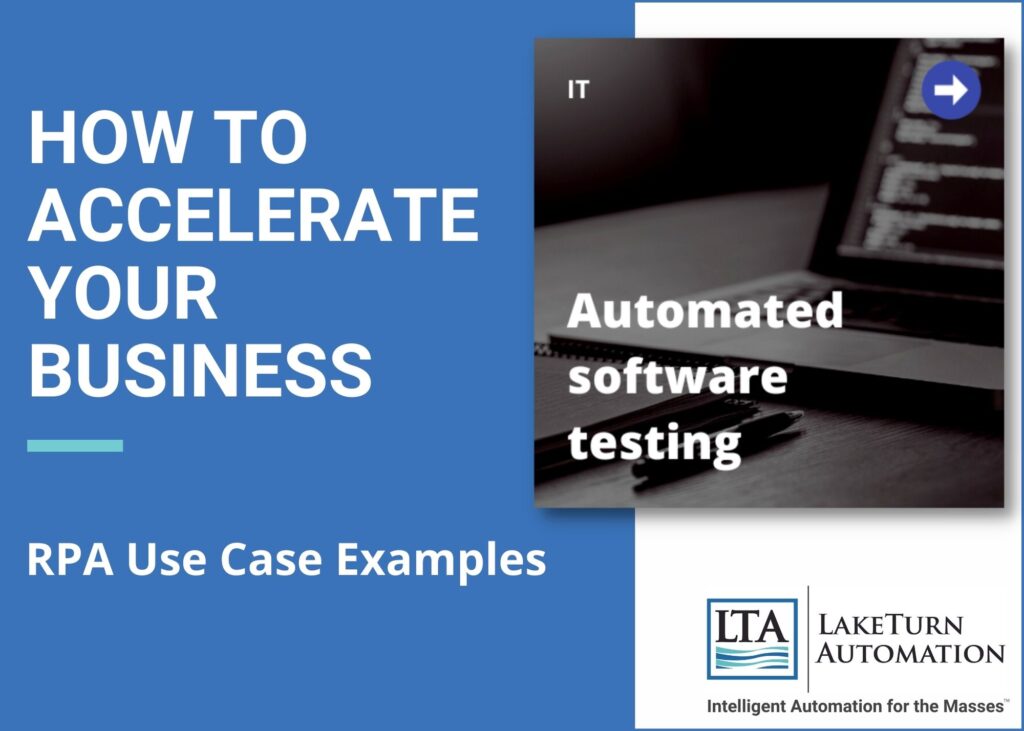Per a McKinsey study, 66% of large software projects experience cost overruns, and 33% exceed schedule. Poor utilization of labor-intensive User Acceptance Testing contributes to these missed expectations. RPA can assist by automating the traditional time-consuming and error-prone process of manually entering test transactions into enterprise software applications.
Best practice dictates that User Acceptance Testing (UAT) should comprise 10-15% of a software project’s entire timeline. However, UAT is often shorted proper time and resources. Acceptance testing is at the end of a project (that is likely behind schedule). Usually, it requires front-line business users (who rarely have extra time to enter test data). Inadequate user acceptance testing directly correlates to increased support issues after a system goes live, and production issues are expensive to fix – according to the NIST, it costs $1,500 to fix a problem in UAT vs. $10,000 to correct an issue once it gets into production.
Since Robotic Process Automation (RPA) operates at the software user-interface level (just like a human), QA teams use now using RPA to rapidly automate the manual data entry required to enter UAT test scripts. Automating your software testing with RPA results in the following benefits:
- Scalability – Whether entering 10 or 10,000 items, bots don’t get bored keying data or get “test fatigue” and happily execute repeated testing cycles.
- Cost-saving – A single bot can do the work of 3-4 FTEs entering data, eliminating the use of constrained front-line labor to enter test scripts
- Accuracy – Bots don’t make errors, while a human makes on average 3-6 keying mistakes per hour
- Speed – A bot can key data into a system 20x faster than a human.
- Flexibility –RPA bots are rapidly built to work over any computer software (ex, desktop, web-based, “green screen,” etc.).
Here is a high-level sample use case for a large retailer utilizing RPA for automated UAT to support their implementation of a new Sales & Use Tax module for their SAP ERP system.
- A bot performs automated test data acquisition by randomly selecting 100 customers and 1,000 SKUs from SAP.
- Using the randomized data, a bot enters 25 orders for each of the 100 selected customers with 10 SKUs per order. At order completion, the bot automatically records the sales tax results in SAP, takes a screenshot of the order summary, and saves it to the testing archives.
- After entering the 2,500 test orders, the bot produces a testing verification report in Excel and emails a copy to the QA Testing coordinator.
As you can see, by utilizing RPA for software testing, you reduce UAT pain and increase the substantial gains a dynamic QA process can provide; helping ensure your system deployments arrive on time and on budget.
Contact us today to learn more about utilizing RPA to elevate the quality, capabilities, and scale of your software testing processes – as UAT prevention is always better than a production cure.
